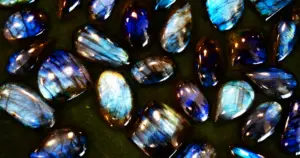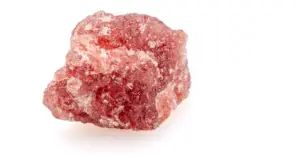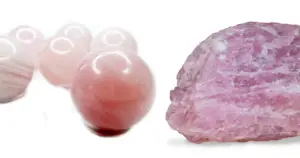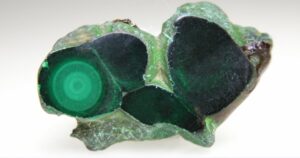Mohs Hardness Scale
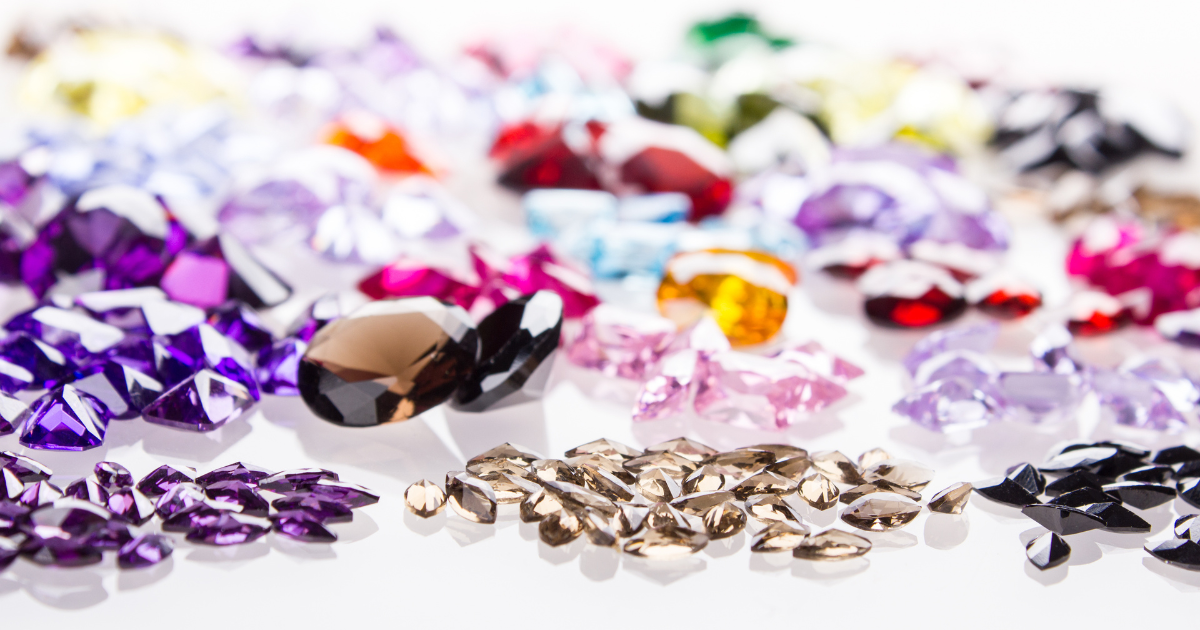
The Mohs Hardness Scale is the most widely used system for determining how hard a material is, though there are other ways as well. Friedrich Mohs developed the Mohs Hardness Scale in 1822 as a way to measure and compare the hardness of various minerals, hence it got named after his name.
This ordinal scale provides a general approximation of a mineral’s hardness based on its smooth surface resistance to scratching and abrasion. In other words, it enables our custom jewelry designers in Seattle and Bellevue to assess a stone’s hardness based on its ability to scratch a different well-known mineral.
Table of Contents
Introduction
Gemstone “durability” is one of the most significant characteristics in the study of gemology and what constitutes a gem material. The value of other traits, such as gemstone “beauty,” is tied to durability. If a stone was less valuable because it was less beautiful, durability would not matter.
However, if the gem material is appealing, a buyer or collector will often want a gemstone to last them their entire lives, if not longer. A gemologist incorporates durability in the definition of hardness as a material’s ability to resist scratching and abrasion.
It’s crucial to realize that an object’s durability can be measured in part by how hard it is compared to everything around us. It is common knowledge that the hardest mineral listed on the Mohs Hardness Scale, such as diamond, is ten times harder than talc, the softest mineral. Although false, this error is frequently made.
Therefore, when analysing the Mohs Hardness Scale, it’s important to keep in mind that it’s only ordinal rather than linear. Corundum, which rates a 9 on the Mohs scale, is twice as hard as topaz, which rates an 8, and a diamond is almost four times as hard as corundum.
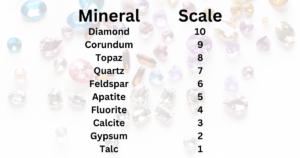
Mohs Hardness Scale: What does it mean?
The Mohs Hardness Scale is used to characterise the hardness or scratch resistance of 10 common minerals, but its true utility is in determining the hardness of many more minerals and materials, the bulk of which fall between talc and diamond in terms of hardness. One of the most popular minerals, used almost worldwide by jewelers is Gold, which is rated between 2.5 and 2.9 on the Mohs Hardness Scale.
A particular sample of gold’s propensity to abrade or scratch gypsum, while being susceptible to scratches when in contact with calcite and all harder materials, can be used to determine this number. In the sections that follow, we’ll look at the Mohs Hardness Scale once more and compare several typical materials.
It is crucial to keep in mind that while the Mohs Hardness Scale is unquestionably the most popular measurement device, it is only one method for identifying material and determining its hardness and scratch resistance. In addition to the material’s ranking on the scale, the type of rock, as well as its color, cleavage, luster, and crystalline shape, must be taken into consideration.
The Mohs Scale of Hardness has a scale from one to ten, with ten distinct common minerals and gem materials representing each number on the scale (ten being the hardest). Numerous materials fall in between these figures because many materials naturally vary in hardness depending on their composition or impurities. The scale will show which of these ten minerals and gems will scratch one with a lower number and which will scratch one with a higher number.
It is crucial to understand that this hardness scale is not linear, which means that each successive value is not always a constant percentage harder than the one before it. The best illustration of this is at the top of the scale. On the Mohs Hardness Scale, diamond rates a 10, making it four times harder than corundum (sapphire and ruby), which rates a nine. At eight on the Mohs Scale, topaz is just half as hard as corundum.
The hardness of a gemstone is crucial for both those who are recognising it and those who are thinking about buying it. Over the course throughout, some jewelry pieces may show more wear than others; for instance, necklaces and earrings may not be subject to the same level of knocks and bruises as rings. Additionally, some jewelry pieces, such as engagement rings, are more likely to see a lifetime of regular wear. It is therefore preferable that the diamonds used for these purposes be sturdy so that they can be cherished for a lifetime.
The durability of sapphires, rubies, and diamonds contributes significantly to their popularity as engagement rings.
Hardness VS Toughness
The idea that “hardness,” which is “the resistance to scratching,” is equivalent to a mineral’s susceptibility to damage as a whole is a widespread fallacy held by both professionals and laypeople. Minerals can be damaged in a variety of ways other than by scratching; they could also crack, distort, or crumble.
When under stress, hard materials frequently crack. This is a lack of toughness, and a distinct scale is used to evaluate it. Even though emerald has a hardness of 8 and is relatively scratch-resistant, its propensity to have multiple inclusions and fractures might make it less durable in a setting.
Hardness Chart for Select Gemstones
- 10 – Diamond
- 9 – Corundum
- 8 – Topaz
- 7 – Quartz
- 6 – Feldspar
- 5 – Apatite
- 4 – Fluorite
- 3 – Calcite
- 2 – Gypsum
- 1 – Talc
| Diamond | 10 | Amethyst | 7 | Kyanite | 4-7 |
| Ruby | 9 | Aventurine | 7 | Peridot | 6.5-7 |
| Sapphire | 9 | Dioptase | 5 | Tanzanite | 6.5-7 |
| Lapis Lazuli | 5-6 | Citrine | 7 | Labradorite | 6-6.5 |
| Zirconia | 8.5 | Quartz | 7 | Malachite | 3.5-4 |
| Spinel | 8 | Smokey Quartz | 7 | Coral | 3-4 |
| Turquoise | 5-6 | Garnet | 6.5-7.5 | Hematite | 5.5-6.5 |
| Aquamarine | 7.5-8 | Chalcedony | 6.5-7 | Opal | 5.5-6.5 |
| Emerald | 7.5-8 | Diaspore | 6.5-7 | Pearl | 2.5-4.5 |
| Wolframite | 5-5.5 | Jasper | 6.5-7 | Sodalite | 5.5-6 |
Conclusion
The Mohs Hardness Scale efficiently measures durability, the essential characteristic of gem material, but it doesn’t necessarily provide the whole picture. After all, gemologists or collectors should take into account other significant properties of gem materials.
Additionally, because hardness testing is harmful, gemologists rarely employ it. It is unacceptable in the gemstone industry to harm a gemstone by scratching it to determine its hardness.
However, knowing the Mohs Scale of Hardness helps one to appreciate what to consider while choosing gemstones for jewelry or safe home display.
